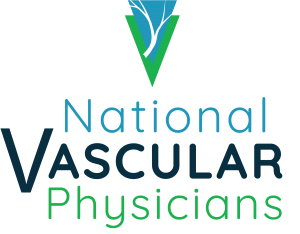
Top 10 Risk Factors Associated with Uterine Fibroids
December 7, 2021
Uterine fibroids, also known as uterine leiomyomas, are non-cancerous growths that appear in the uterus (womb).
They may grow along the uterine wall, in the main cavity, or the outer surface and are mostly composed of muscles and connective tissues. Smaller fibroids may or may not require treatment but larger fibroids can cause symptoms that must be treated. Common symptoms of the condition include heavy, prolonged menstrual bleeding, painful cramps, pain in the back or legs, frequent urination, constipation, and pain during sexual intercourse. Many women undergo open, major surgery to remove either the fibroid tumors (myomectomy) or the uterus (hysterectomy), but there is a less invasive, highly effective treatment available.
There are several factors that can put you at risk of developing uterine fibroids, though medical experts are still unsure as to how they lead to uterine fibroids.
Risk Factors:
- Obesity- due to the higher level of circulating estrogens in obese women.
- Family history of fibroids- If a close relative has been diagnosed with the condition, your chances of developing it increase.
- No history of pregnancy– associated with estrogen and progesterone levels.
- The onset of menstruation at a very young age– also associated with estrogen and progesterone levels, as they thicken the uterus lining every month during your period.
- Menopause in the late stages of life– associated with estrogen and progesterone levels.
- Age– fibroids are more common during the 30s and 40s through menopause.
- Deficiency of Vitamin-D– Vitamin D inhibits human uterine fibroid cells.
- Hypertension– Elevated blood pressure can cause uterine smooth muscle injury leading to fibroids.
- Consumption of certain foods– Eating a lot of red meat and processed foods is associated with a higher risk of fibroids.
- Ethnicity- African-American women are more likely to develop fibroids than Caucasian women.
All these factors increase the likelihood of the disease among women. The best way to help yourself is to see your doctor regularly; especially if you notice even the smallest change in your health.
To learn more about treatment options for Uterine Fibroids, Contact Us today to schedule an appointment.
Sources
- Shikora, S. A., Niloff, J. M., Bistrian, B. R., Forse, R. A., & Blackburn, G. L. (1991). Relationship between obesity and uterine leiomyomata. Nutrition (Burbank, Los Angeles County, Calif.), 7(4), 251–255.
- What are the risk factors for uterine fibroids? (2018, November 2). Https://Www.nichd.nih.gov/. https://www.nichd.nih.gov/health/topics/uterine/conditioninfo/people-affected
- Uterine Fibroids: Symptoms, Causes, Risk Factors & Treatment. (2020). Cleveland Clinic. https://my.clevelandclinic.org/health/diseases/9130-uterine-fibroids
- Uterine fibroids | Office on Women’s Health. (2019). Womenshealth.gov. https://www.womenshealth.gov/a-z-topics/uterine-fibroids



